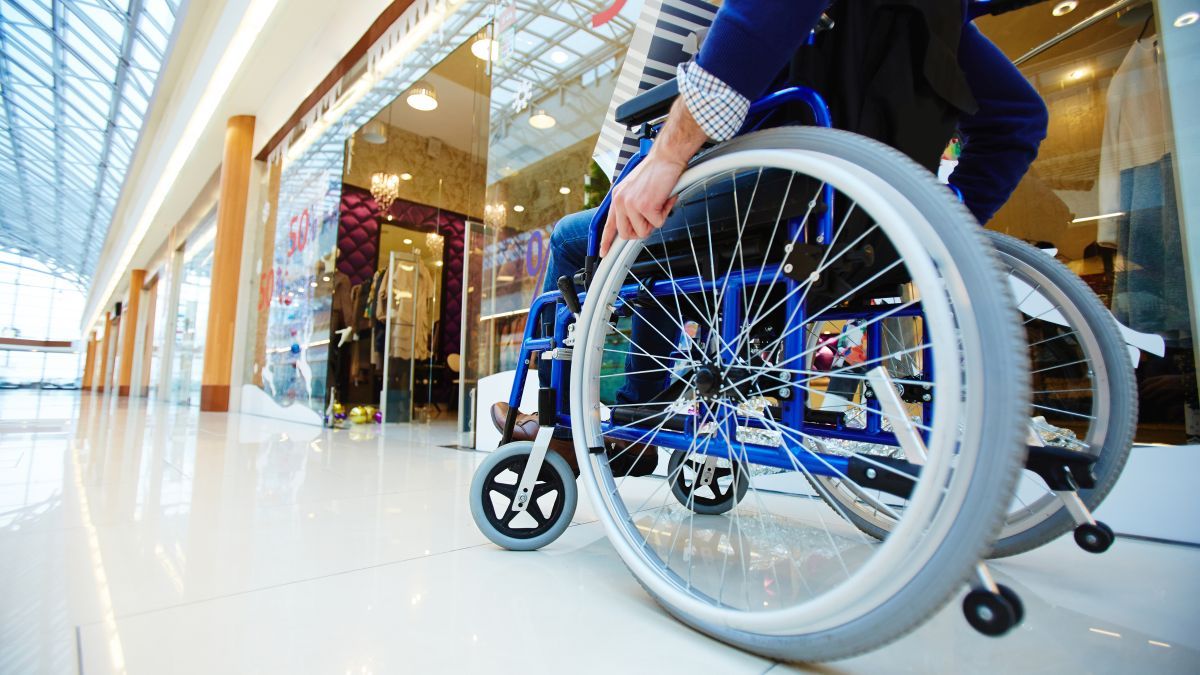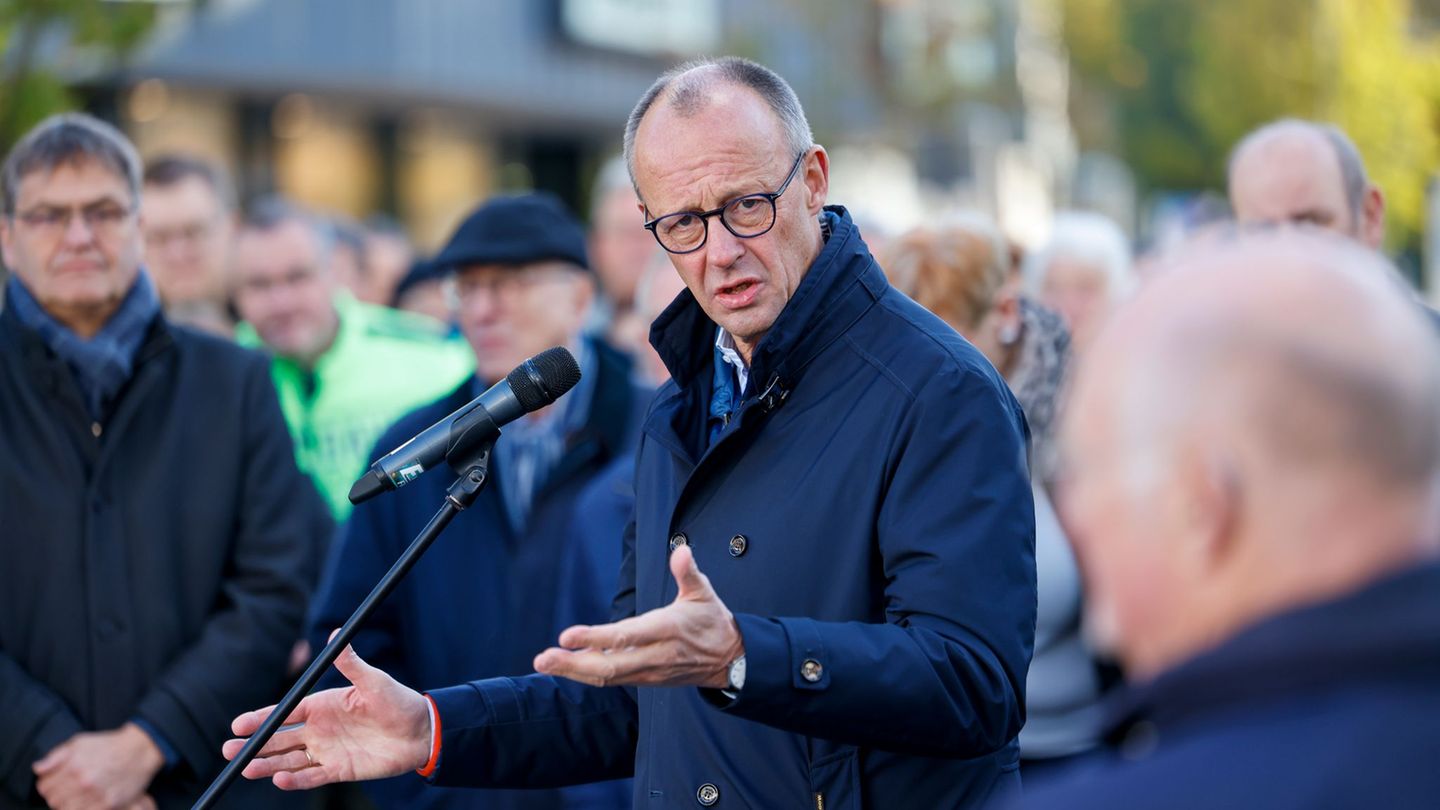A time is approaching more and more in which we usually talk about how “Get to summer”. In the name of this controversial station that will soon arrive, speeches of all kinds arise: advertisements offering products for “be better”, as well as images of bodies that conform to established beauty parameters and that represent only a part of the population. In this context, bodies that do not follow certain rules seem “be bad” and that is why they are victims of naturalized violence. And while movements such as the body positive have recently emerged that aim to accept and recognize all bodies and show real beauty, women with disabilities, doubly excluded (by condition and gender), continue to be absent from these discourses and representations, remaining outside from areas as everyday as fashion or motherhood, strong taboos to eradicate.
What place do they occupy and why are the currents related to corporal diversity and the discussions around inclusive fashion still far from accepting these bodies?
So, it is not by chance that women with disabilities today are still absent in the field of diversity.
Historically, the person with a disability was conceived from failure and failure, a vision closely aligned with the hegemonic medical model focused on disability as a problem of the person. The body of people with disabilities, especially that of women, did not speak of beauty but quite the opposite: of imperfection. This perception has especially harmed many women who have built a negative and devalued identity from not fitting in with those ideals of a harmonious and functional body. Therefore, the exclusion and discrimination towards those different bodies is not something new and it continues to happen today. Far from it, it is a socially and historically installed vision, but it is necessary to deconstruct in order to approach an increasingly inclusive perspective that takes into account all bodies and avoids all forms of oppression and stigmatization.
Encounter of women.jpg
The discussion about identity seeks to build an inclusive, anti-racist, anti-colonial feminism that brings together all participating identities and not just women.
Image: Argentine News.
Nowadays, a woman having a disability is something that continues “Being wrong” for society because it does not obey the “normal body” that walks, sees and hears, has 2 arms or moves differently. That path that began the body positive trend to raise the acceptance of all women and all bodies is still far from incorporating women with disabilities, even when certain brands bet on representation in advertisements or we can see some images in the very sporadic social networks. While the absence of women with disabilities as consumers in advertisements that directly target this audience is still evident, other brands are betting on their incorporation as part of their more inclusive view.
However, representation is not everything. In fact, body diversity goes far beyond visibility: accessibility in shops and fitting rooms, inclusive products that take into account particular needs (for example, pregnancy tests for mothers with disabilities). They are also trained salespeople who know how to act in the presence of a person with a disability, for example helping the person with motor difficulties to try on a garment. In addition, designing comfortable or adapted garments from well-known brands that must include all people in the offer of their products.
In this sense, It is essential that brands and companies commit to broadening the view to incorporate coherence between what they say and do.
Claiming and naturalizing the bodies of women with disabilities is something that cannot wait and seems to be one of the keys to continuing to free ourselves from labels and prejudices. When breaking mandates seems to be the norm, we can ask ourselves: how many women with disabilities do we see freely showing themselves in bathing suits? How many in fashion magazines, on social media and in advertisements for makeup or perfumes? That women with disabilities are visible, represented and that they can also be seen as a beautiful and empowered woman for society is one of the greatest challenges in pursuit of a truly inclusive but fundamental society if we bet on a true diversity that accepts and celebrate all bodies with no exceptions.
Degree in Communication (UBA) and motivational speaker. Influencer and creator @shinebrightamc.
Source From: Ambito




